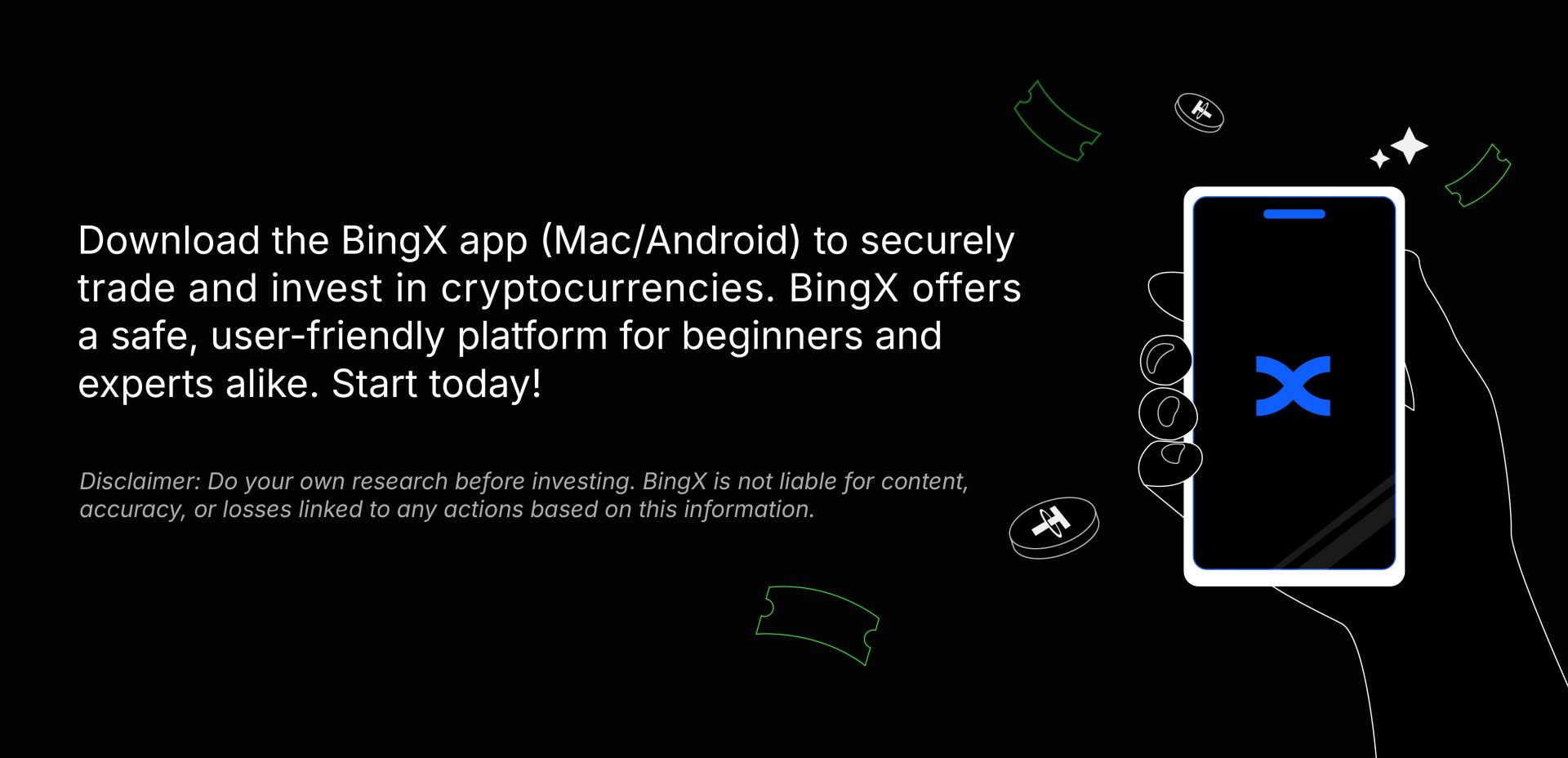The future of payments is beginning to reveal itself, with TradFi payments giant Visa announcing a major expansion of its stablecoin settlement platform. Having just added support for PayPal’s PYUSD, the Paxos-issued USDG, and Circle’s EURC, and extended blockchain compatibility to Stellar and Avalanche, Visa has been making waves with a plethora of new additions to its payments infrastructure.
Coincidental Timing?
The move comes just weeks after the GENIUS Act – the U.S’s first standalone regulation (Read more here!) – was passed, offering a clearer legal framework for how dollar- and euro-backed digital currencies can operate. The timing of Visa’s move here appears to be no coincidence – what could the latest move of this TradFi behemoth mean for crypto users?
For starters, it’s a big milestone for cross-border settlement. By supporting both dollar and euro stablecoins, businesses and consumers can take advantage of one of the biggest applications for crypto as we know it – faster, cheaper, more reliable settlements, international or not, avoiding legacy currency rails that can cause payments to take days, while still taking advantage of the stability of two of the world’s most widely used currencies.
A Multi-Chain Future
The expansion also marks a shift toward a multi-chain future. Visa’s stablecoin infrastructure now spans four major blockchains – Ethereum, Solana, Stellar, and Avalanche – giving partners and developers more flexibility and reducing friction on payment routing. Whether you’re building a wallet, launching a fintech product, or simply sending funds abroad, Visa’s cross-chain support helps bring stablecoin settlement closer to the real world.
Perhaps most importantly, this update reflects the monumental changes made by the GENIUS Act. Many in the industry have longed for clearer rules and regulations – and now that we have a beginning to these, traditional businesses, banks, and fintechs now have a clearer path toward compliant, stable infrastructure that can truly make use of the advantages of blockchain tech.
For users, this means an optimized, instant, and futuristic payment experience.
For traders, this could mean a more global reach for their blockchain payments & transfers, with one of the world’s largest payment providers behind it.
